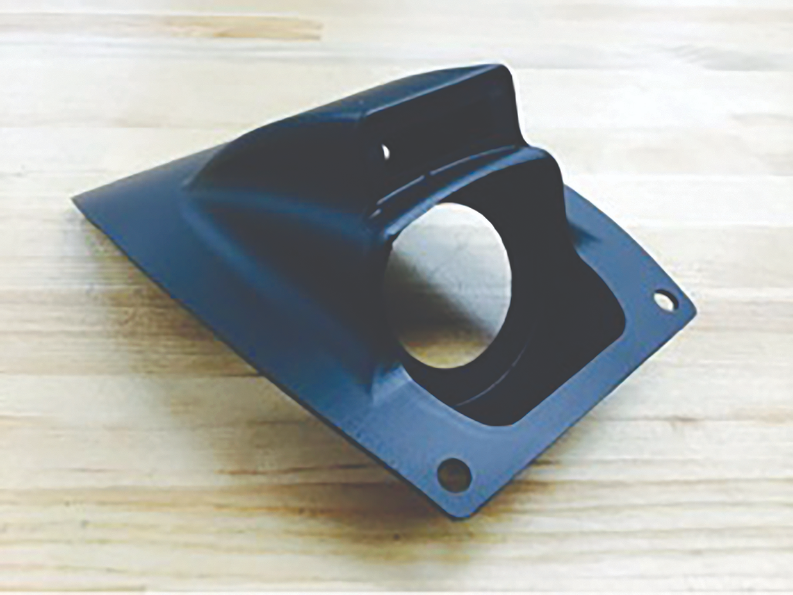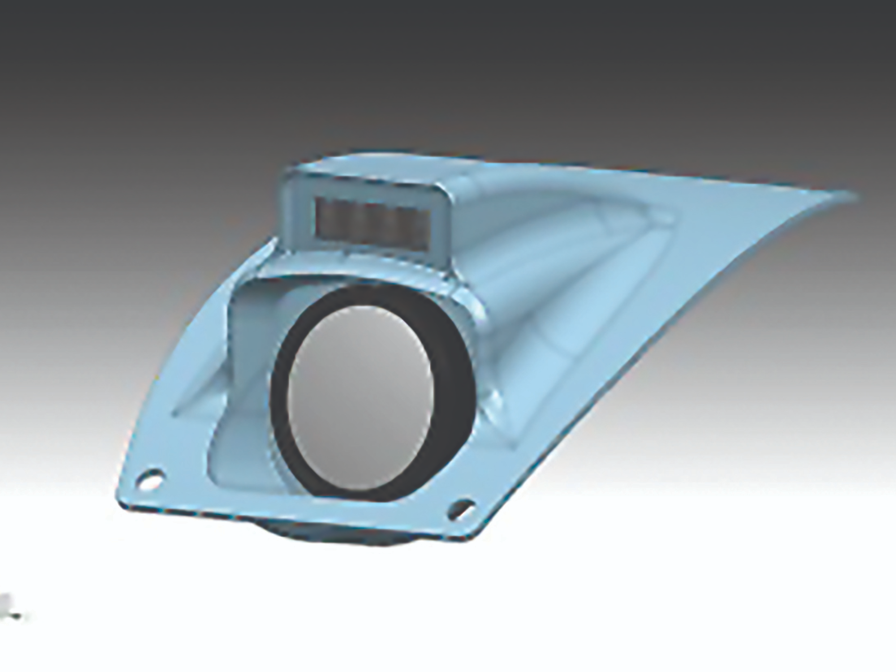Adapting to the specific challenges of each race means NASCAR teams often modify their cars every week. The cars typically return from a race on Monday and are shipped out again Thursday, leaving engineers only three days to get feedback from drivers, then build, test and install new parts on the car. This process rarely gets done to the teams’ satisfaction when using traditional manufacturing, which is why engineers from Joe Gibbs Racing (JGR) use 3D printing. NASCAR does not allow the team to track the car’s vital signs using wireless telemetry during races, so it is up to the driver to monitor gauges and determine whether to push the car harder or pull into pit row.
Space on the car’s instrument panel is limited to gauges designated by NASCAR with the exception of one or two that are usually customized for each track. “We designed a modular dashboard with room for a 3D printed insert that makes it possible to provide whatever extra instrument is needed to get an edge for the next race,” said Brian Levy, Design Engineer for JGR.
The insert is often re-designed and built on a Stratasys 3D printer in polycarbonate or Digital ABS during the three-day window between races. Both 3D printing solutions produce good parts, making it easy for Levy and the team to make quick, detailed modifications. For example, the team added an instrument to monitor transmission temperature for Sonoma’s winding track, plus a switch to control a cooling fan on the front brakes. For the Sprint Unlimited race at Daytona, JGR added a gauge to track the radiator temperature.
“This helped the driver know just how fast he could push the car and when he needed to maneuver out of the pack in order to get more air into the radiator,” Levy said. JGR won both races and continues to be a top team on the NASCAR circuit, regardless of the track. While JGR’s success is primarily due to the extraordinary efforts of its drivers and team, Stratasys 3D printing technology plays a role by enabling fast-track customization that provides the drivers with the real-time information they need to win.

